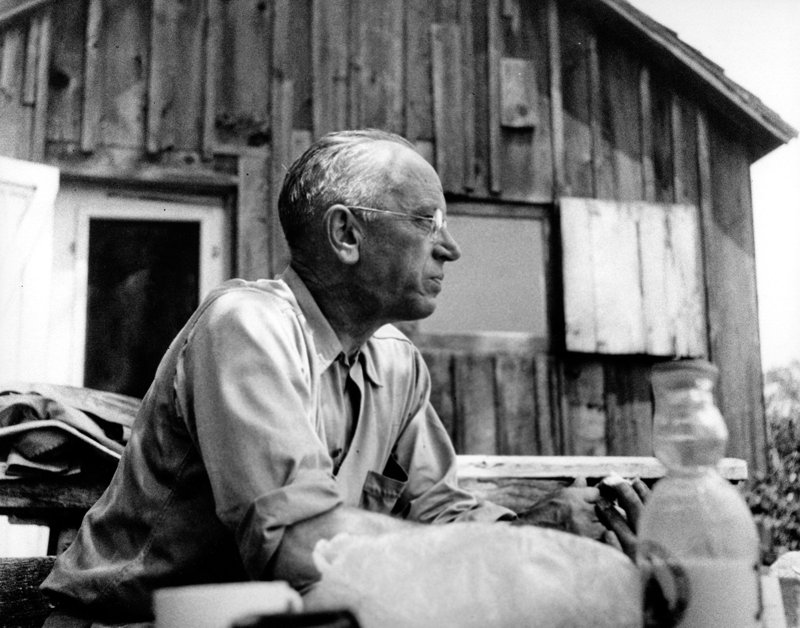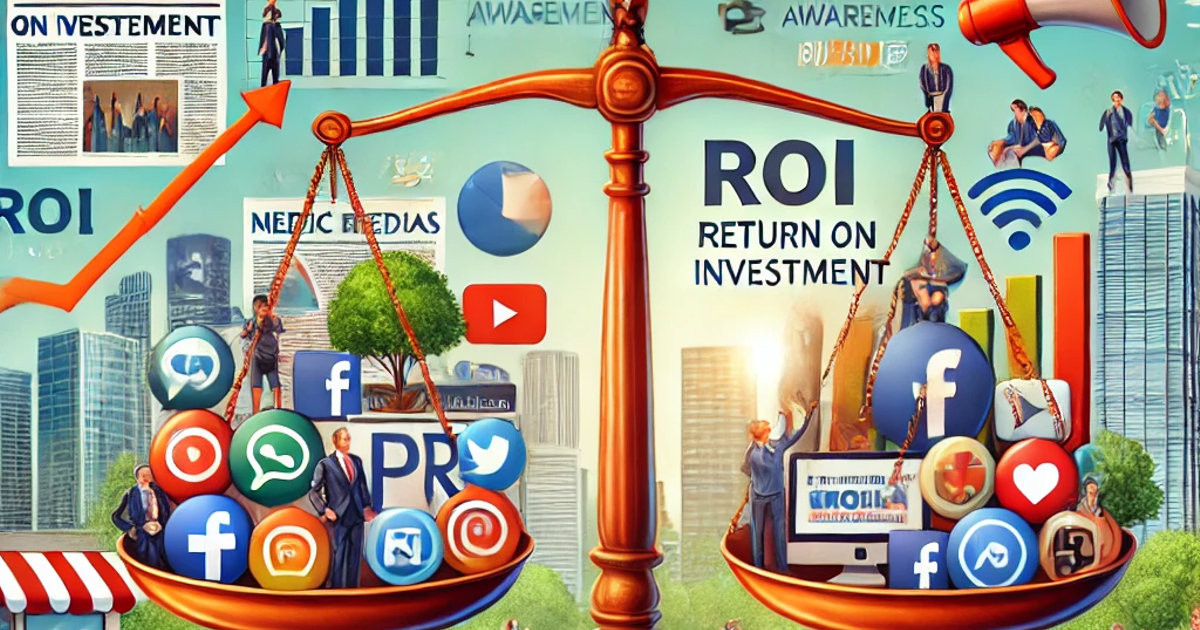Public relations (PR) often operate in the shadow of more directly measurable marketing efforts, especially when potential clients expect instant sales from PR initiatives. However, PR is critical in long-term business strategy by focusing on brand visibility, reputation management, and media engagement. It’s essential to communicate this distinction to potential clients early and effectively.
This testimonial from the Aldo Leopold Foundation is a prime example of how ROI in PR can be articulated, providing a foundation for demonstrating its actual value.
“Been a good year, a credit to your hard work. We have notched a few more podcasts and placements. We’ve sold 6,000 Sand County Almanacs. We have 42K emails collected. A little bit shy of our goal of 50K emails, but we are definitely trending in the right direction.” ~Aldo Leopold Foundation
PR professionals must emphasize that success in a PR campaign is more than immediate sales spikes. Instead, ROI should be evaluated regarding long-term growth, trust-building, and media visibility. PR efforts foster relationships with the public, creating trust and raising awareness—critical elements for sustainable business growth that require a long-term view.
Key Metrics that Showcase PR ROI
When discussing ROI with potential clients, explaining how PR efforts contribute to business goals is essential. Focus on media coverage, brand awareness, and lead generation, all of which indirectly yet significantly impact the bottom line.
One important metric is media placements. These placements, whether in a national publication or a niche podcast, build brand credibility. As the Aldo Leopold Foundation demonstrated, securing podcast appearances and media placements has been a successful strategy for increasing brand engagement and visibility. Each mention strengthens the brand’s presence and fosters trust with the audience.
Another critical metric is email list growth. For the Aldo Leopold Foundation, PR initiatives helped grow their email list to 42,000 contacts, trending toward their goal of 50,000. This growth indicates that the public engages with the brand, thanks to consistent PR outreach. Similarly, measuring the reach of PR content—whether through social media, blogs, or media articles—demonstrates how PR efforts drive visibility and engagement.
In addition to these metrics, PR also helps enhance brand trust and reputation management, which are long-term benefits of successful campaigns. For example, the Aldo Leopold Foundation’s testimonial showcases how PR efforts have contributed to their growth and fostered trust in the organization. These benefits are often intangible but are the cornerstone of sustainable brand development.
Managing Client Expectations: PR vs. Sales
A key aspect of articulating ROI to potential clients is managing their expectations early. After initial consultations, I share a document titled “PR Is Not Sales,” explaining that PR aligns with their business goals but does not generate immediate sales. This distinction is crucial in helping clients understand that PR contributes to long-term objectives like lead generation, website traffic, and overall brand awareness rather than offering instant financial returns.
Communicating this difference is essential to prevent unrealistic expectations that could lead to disappointment. While PR can influence sales indirectly, it should be seen as an investment in the brand’s overall health and growth, not as a quick sales tool.

PR is Cost-Effective: Using Case Studies and Testimonials
 When talking with potential clients, it’s important to highlight that PR can be a cost-effective alternative to traditional advertising. Earned media can often have the same impact as paid advertisements without high financial investment in ad space, making PR a more budget-conscious strategy for increasing visibility and fostering credibility.
When talking with potential clients, it’s important to highlight that PR can be a cost-effective alternative to traditional advertising. Earned media can often have the same impact as paid advertisements without high financial investment in ad space, making PR a more budget-conscious strategy for increasing visibility and fostering credibility.
Case studies and testimonials are powerful tools for proving the value of PR. For instance, the Aldo Leopold Foundation’s success story exemplifies how PR can drive brand growth and financial success, with 6,000 copies of A Sand County Almanac sold through strategic media efforts. This testimonial demonstrates that when executed well, PR efforts directly influence the bottom line by contributing to brand visibility and customer trust.

Showing the Long-Term Impact of PR
Potential clients often need help seeing the long-term benefits of PR. That’s where showcasing how PR efforts can build brand trust and reputation over time comes into play. PR doesn’t just aim for short-term wins—it fosters relationships, builds credibility, and makes brands more resilient in market challenges.
As brands gain more visibility through media placements, they become more recognizable. This growing awareness fosters long-term brand loyalty, which leads to sustained success. For example, the Aldo Leopold Foundation’s consistent podcast appearances and media coverage have contributed to their email list growth and increased A Sand County Almanac sales.

Using Metrics to Show PR ROI
Metrics are essential when demonstrating how PR aligns with business goals and delivers ROI. While PR may not offer the immediate quantifiable results of pay-per-click ads, various indicators can measure the impact.
Increased website traffic following a media placement shows that PR efforts are paying off. Similarly, PR can drive lead generation, as seen when businesses experience more inquiries or downloads after features in respected publications. Social media engagement, including likes, shares, and comments on posts driven by PR content, is another strong indicator of success.
Managing client expectations around these metrics is key to reinforcing PR efforts’ strategic, long-term nature. By presenting these metrics clearly, clients can understand the significant value PR brings to their overall business strategy.
In today’s complex media landscape, explaining PR’s ROI to clients involves setting expectations, using case studies, and showcasing how PR supports long-term brand goals. While PR might not lead to immediate sales spikes, it is essential in building trust, fostering credibility, and increasing visibility over time. When clients understand this, they are more likely to view PR as a valuable, long-term investment rather than just a one-time expense.

